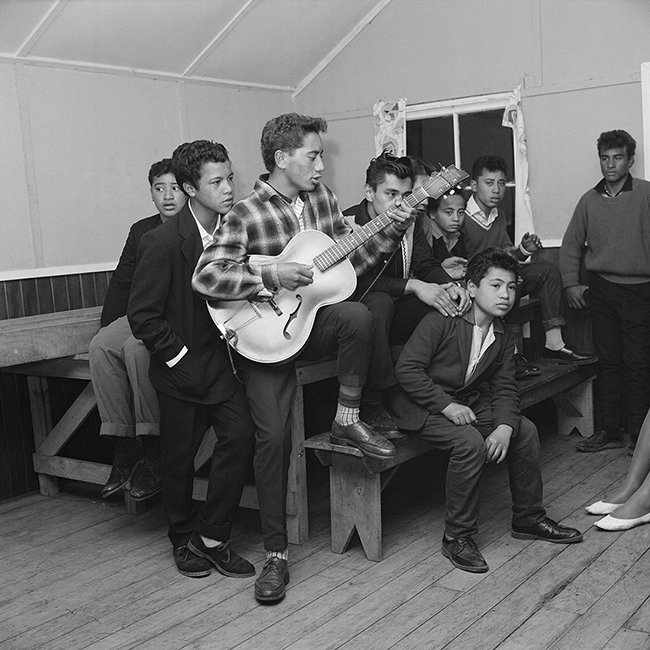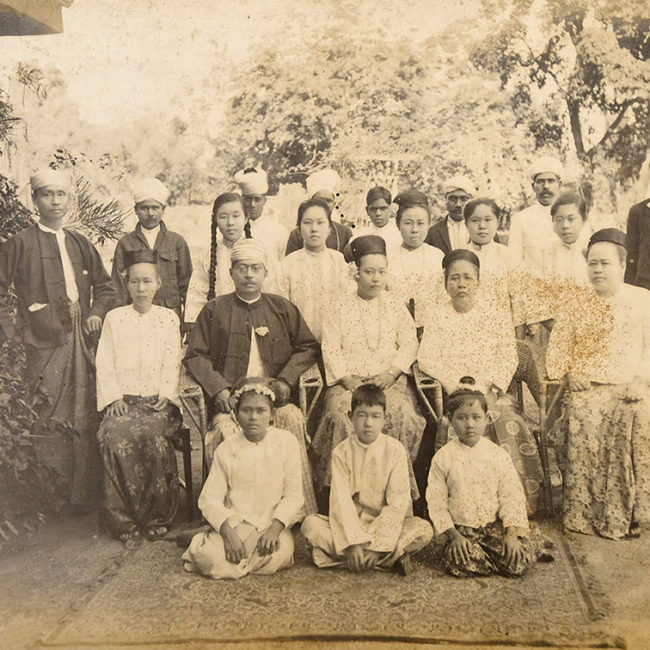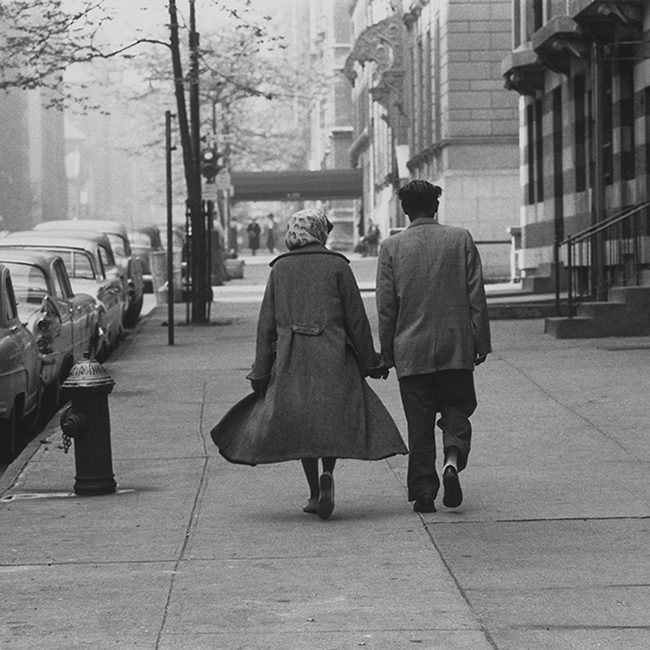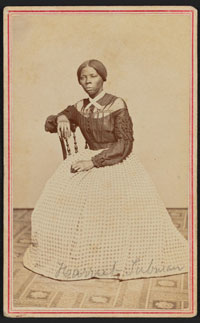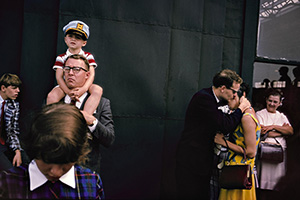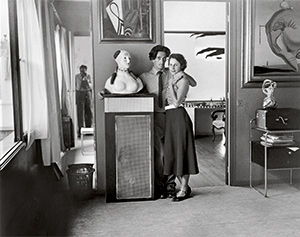Monumental shifts were occurring in America during the time photographer Hugh Mangum was working in North Carolina and the Virginias. Women gained the right to vote, WWI, the first laws limiting immigrants, the final battles of the American Indian Wars, and it was the height of Jim Crow, when the nation embraced laws separating whites from blacks.
The personalities in Mangum’s images, gathered in Photos Day or Night: The Archive of Hugh Mangum (Red Hook Editions), the first published collection of Mangum’s work, collectively symbolize the triumphs and struggles of these turbulent years.
As a businessman and artist who supported his family, Mangum didn’t discriminate between clientele. The archive he left behind tells an unorthodox story of the economically and racially segregated American South at the turn of the 20th century.
The first time I looked at Mangum’s photographs was in the fall of 2010, eight years before I would publish a book about his unique archive. I noticed the smiles and laughter, unusual in early 1900s portraiture, first. There are quirky gestures — hands behind the head, a single finger hooked over a lip, two hands intertwined. The playful portraits are the distinct difference between Mangum and other photographers of his time. These animated poses can be seen across all clients, each experiencing a typical session with Mangum.
Mangum, I learned, often used a Penny Picture Camera that was designed to allow multiple and distinct exposures on a single glass plate negative. This was ideal for creating inexpensive novelty pictures because it meant multiple subjects could be photographed on a single negative. The order of the images on a single glass plate mirrored the order in which Mangum’s diverse clientele rotated through the studio. Thus, the negatives reasonably represent a day’s work for this gregarious photographer.
Durham, N.C., where Mangum began his career in the early 1890s, was known to have an unusually prosperous black community. The vibrancy of black communities building new identities and creating futures in Durham and elsewhere is not lost on Mangum’s negatives. His black clients present themselves as lighthearted, resolute and everything in between. They bring their children to the studio to be photographed, an ode to the hope they have for the lives their sons and daughters will live.
In downtown Durham, where Mangum lived until he was a teenager, black, brown, and white people dwelled side by side. Many of the people in the pictures could have grown up with Mangum or watched him grow up next door. “His photographs forcefully betray that vision of the south’s strict and thorough segregation usually identified with Jim Crow,” says Maurice Wallace, a contributor to Photos Day or Night. “The color line was of course an official policy, but practically speaking its power to keep black and white citizens apart was a fiction.”
The way the artist’s diverse sitters share space is surprising. The laws, customs, and violence of Jim Crow were thriving — and black people were resisting — when Mangum was working. Mangum’s glass plate negatives tell a nuanced account of this history, one that affords more agency to people of color than in the average textbook.
On several occasions the elbow, a hand or arm of one sitter floats into the frame of another, regardless of color, symbolizing shared spaces beyond the boundary of the negative. There are double exposures that photographically merge black and white sitters, and through this lawless, accidental composition that binds them forever, we begin to further imagine both the common and distinct experiences of those pictured.
There are no indications that Mangum intended his photographs (or his studio practices) to overtly serve political purposes, but it’s likely that many of his clients did visit his studio for political reasons. By the turn of the 20th century, many black Americans were well-practiced at engaging the power of photography to challenge racist ideas, as well as to visually create and celebrate black identity.
We’re lucky to have Mangum’s work at all. His black and white negatives were salvaged at the last minute from the tobacco pack house on his family’s property in Durham. His work allows a penetrating gaze into the past and creates an insightful portrait of the man behind the camera.
Though Mangum’s era was marked by disenfranchisement, segregation and inequality, he portrayed all of his sitters with candor, humor and spirit. Above all, he showed them as individuals, and for that, his work is mesmerizing.
–Sarah Stacke
(PDN contributor)
Photos Day or Night: The Archive of Hugh Mangum
By Sarah Stacke
With texts by Maurice Wallace and Martha Sumler
Red Hook Editions
